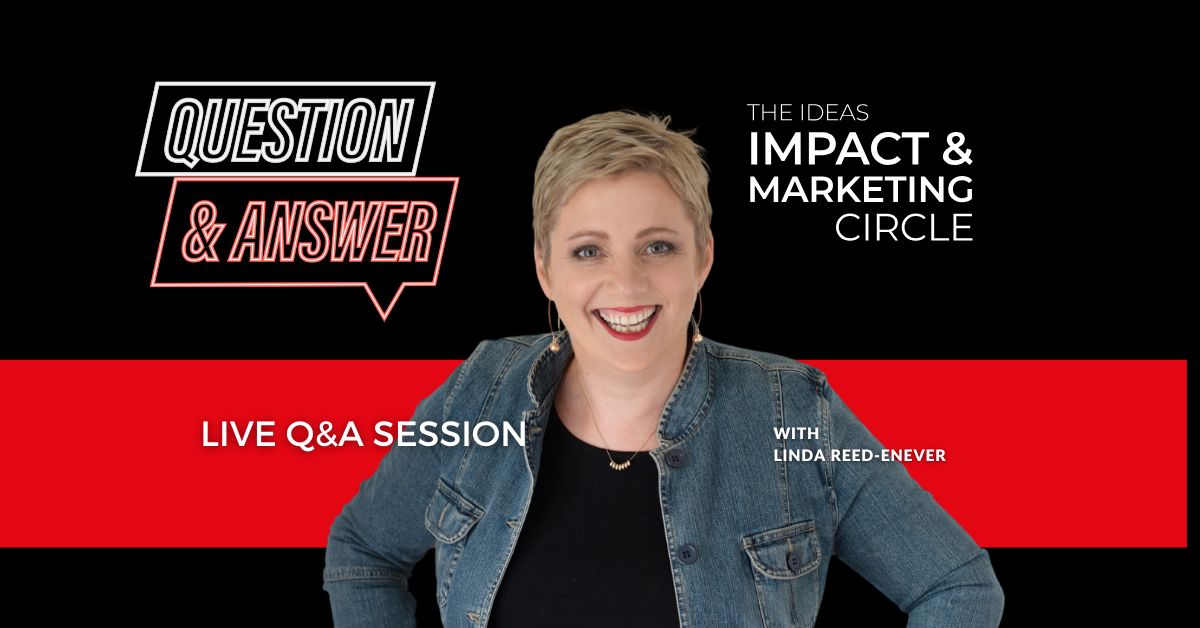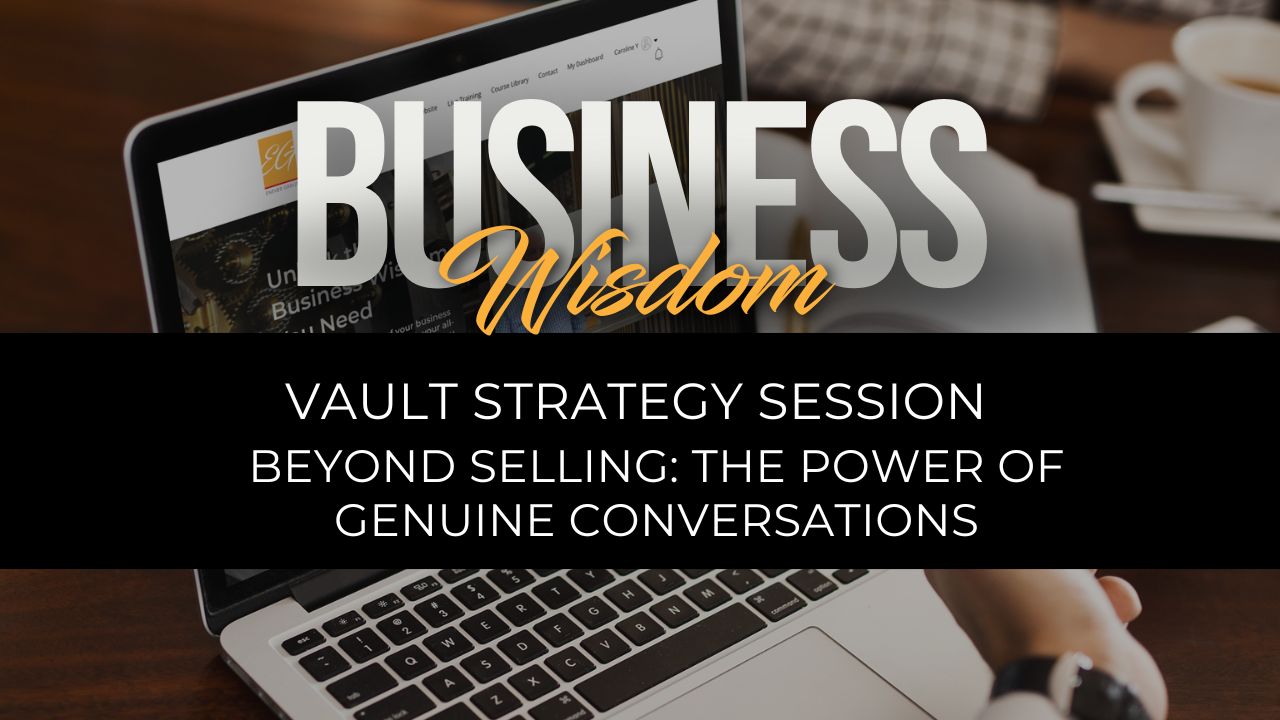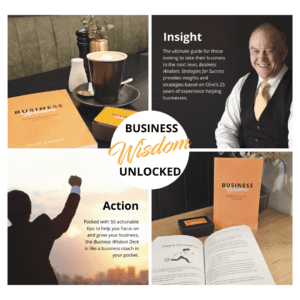So let’s take a quick walk through two of the most common tools that are utilised when starting a business and throughout the business journey.
SWOT
This is one of the most well-known strategies in business, and sees operators take a critical view of their enterprise to analyse its Strengths, Weaknesses, Opportunities and Threats.
SWOT is a technique used throughout the life of a business when planning and clarifies both internal and external factors that are favourable and unfavourable for achieving any objective.
Within this framework, strengths and weaknesses tend to be focussed on the internal workings of the business, while opportunities and threats look at the external environment.
And it works by seeing you list the following:
- Strengths – These are the characteristics of the business or project that give it an advantage over others
- Weaknesses – These are the characteristics of the business that place the business or project at a disadvantage relative to others
- Opportunities – Elements in the environment that the business or project could exploit to its advantage.
- Threats – Elements in the environment that could cause potential problems for the business or project
Porter Five Forces
Created by Michael E Porter of Harvard University in 1979, Porter Five Forces is a tool for examining the competitive environment for business.
It’s often used during start-up or when considering the viability of a new business, product line or service and when seeking to determine the price point of a product/service.
Porter’s Five looks at:
- Industry Rivalry – This factor seeks to understand the number and strength of your competitors. Where there are few competitors or they lack strength, you’ll likely be able to command a high price and enjoy healthy profits.
- Threat of substitutes – This examines how likely it is that your customer will be able to find a slightly different service or product to meet the same need, or whether they can fulfil the service themselves.
- Bargaining power of buyers – In this instance you’re asking what is the likelihood buyers can drive my price down? How many buyers are there, what’s the value of their orders, can they go elsewhere, or dictate the price of your products?
- Threat of new entrants – How easy is it for new competitors to get a foot in the door of your sector? This examines areas like regulation and entry affordability. If it’s easy and affordable for competitors to enter your market, you are likely to have more competition over time.
- Bargaining power of suppliers – This area looks at your relationship with suppliers. How many potential suppliers are there for the product or service you sell, what’s the demand on them and the likelihood they can raise their prices?
The final word
It’s important to appreciate that business is often a “work in progress”, which benefits immensely from taking a step back to ascertain what’s working, what’s not and where there may be room for improvement or an untapped opportunity.
Both the tools discussed above offer this insight, providing a valuable big-picture perspective of where your business is now and where it has the opportunity to go.









